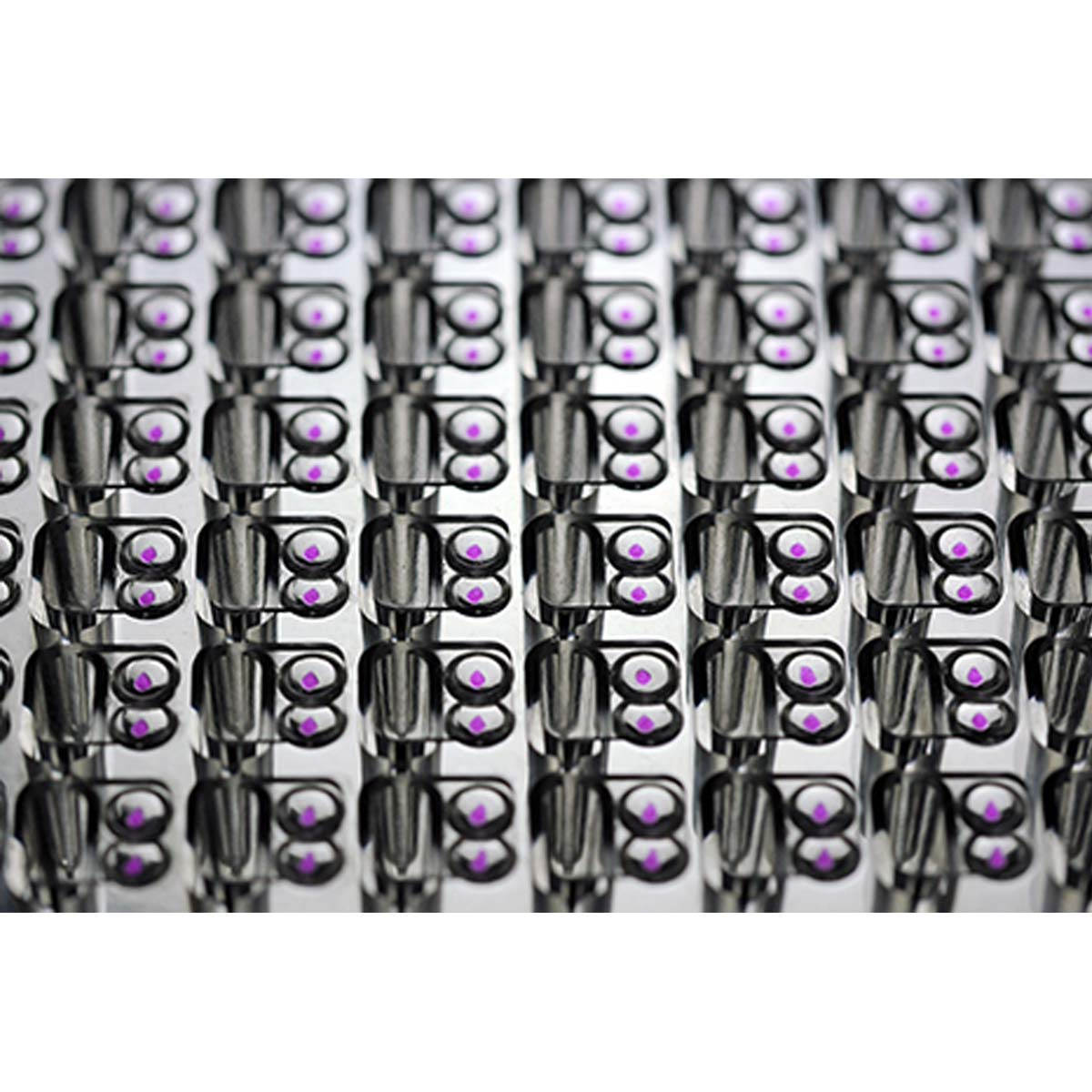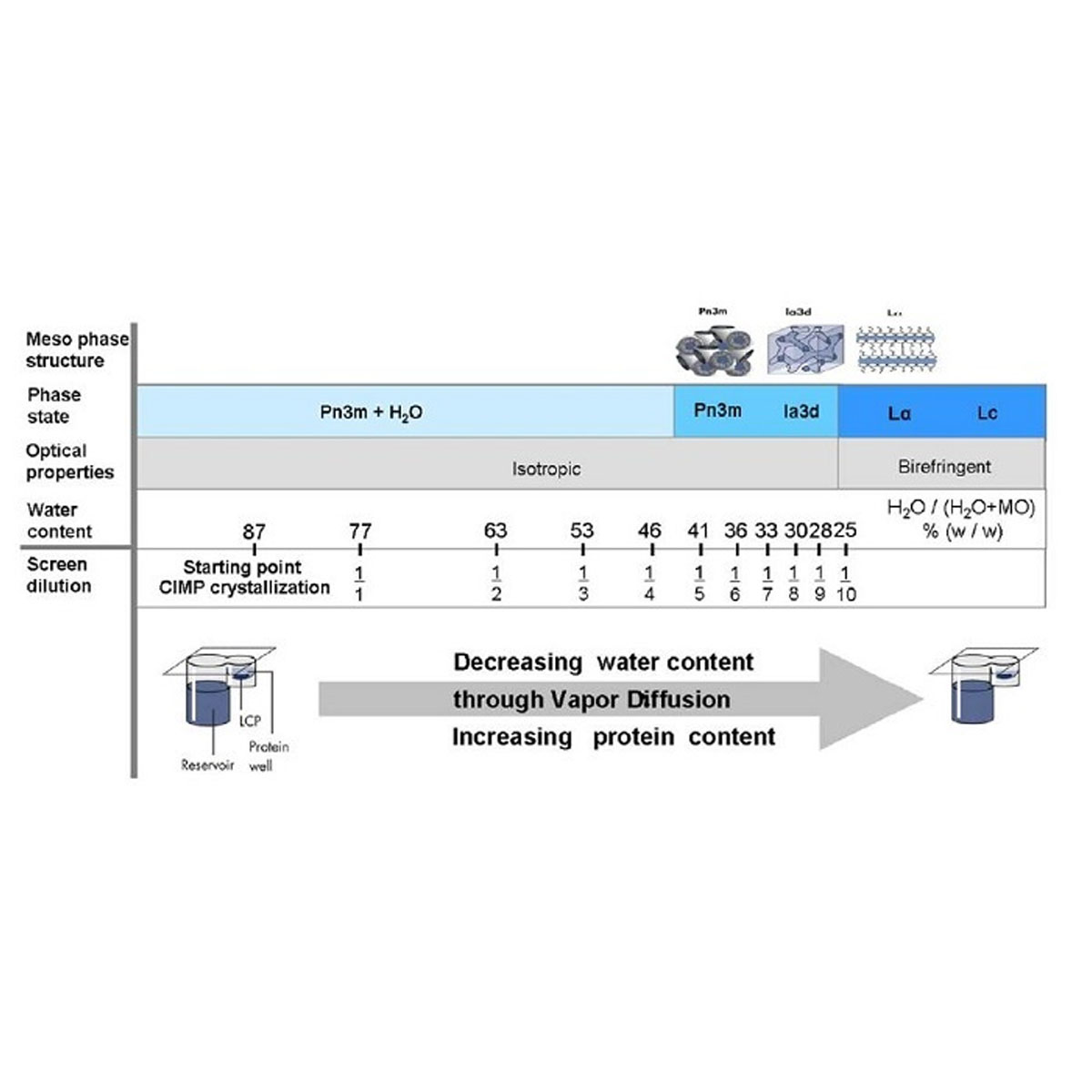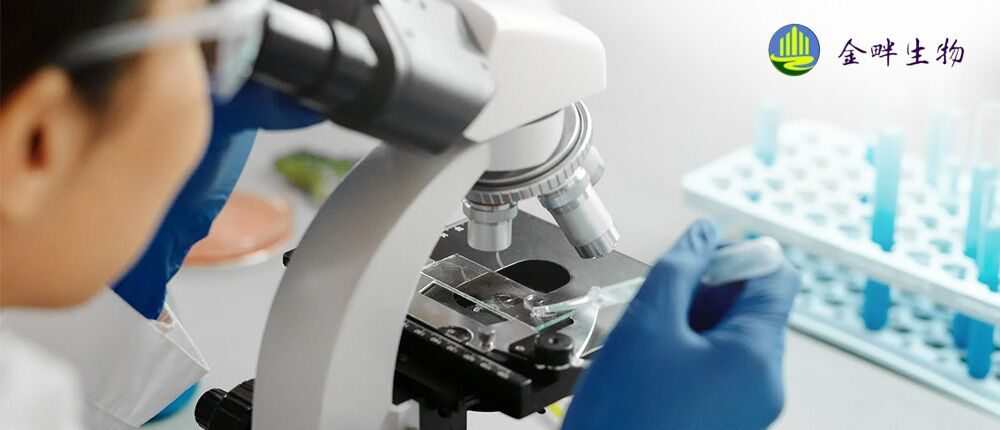上海金畔生物代理MiTeGen品牌蛋白结晶试剂耗材工具等,我们将竭诚为您服务,欢迎访问MiTeGen官网或者咨询我们获取更多相关MiTeGen品牌产品信息。


CrystalCube Plate by Cube Biotech
Fully automatable method, compatible with any nanoliter robot
Combines LCP with vapor diffusion to increase success rate
Requires low protein concentrations (2-5 mg/ml)
Suitable for use under UV and polarized light
Product Information
- Product Description
- Product Specification
LCP crystallization is the most popular method for membrane protein structure determination. Experiments are typically done in batch format. However, it is well known from the crystallization of soluble proteins that vapor diffusion can be a lot more powerful. The controlled in meso phase (CIMP) method combines the benefits of LCP and vapor diffusion to push membrane protein crystallization to new limits [1]. The patent-pending In-Meso Crystallization Plate provides an easy start with this revolutionary method.
Several in meso phases can be reached with the CIMP technology, crystal formation can happen in any of these phases:
- Hydrated LCP phase: a modified lipidic cubic phase with water contents between 90 and 45%.
- Lipidic cubic phase (LCP): the classic in meso phase with water contents between 45 and 26%. Batch experiments typically are set up at water contents between 30 and 35%.
- Lamellar phase: characterized by increased contact between proteins. Water content below 26%
Relationship between dilution of precipitant solution in the protein well, water content of the equilibrated protein drop, and the in meso phase that can be reached in a given experiment. Adapted from [1].
References:
[1] Kubicek et al. (2012) Controlled In Meso Phase Crystallization – A Method for the Structural Investigation of Membrane Proteins. PLoS ONE 7:e35458
